
🔑 Sharing AI Prompts, Tips & Tricks. The Biggest Collection of AI Prompts & Guides for ChatGPT, Gemini, Grok, Claude, & Midjourney AI → https://t.co/vwZZ2VSfsN
28 subscribers
How to get URL link on X (Twitter) App


 Technique 1: Invisible Outline Lock
Technique 1: Invisible Outline Lock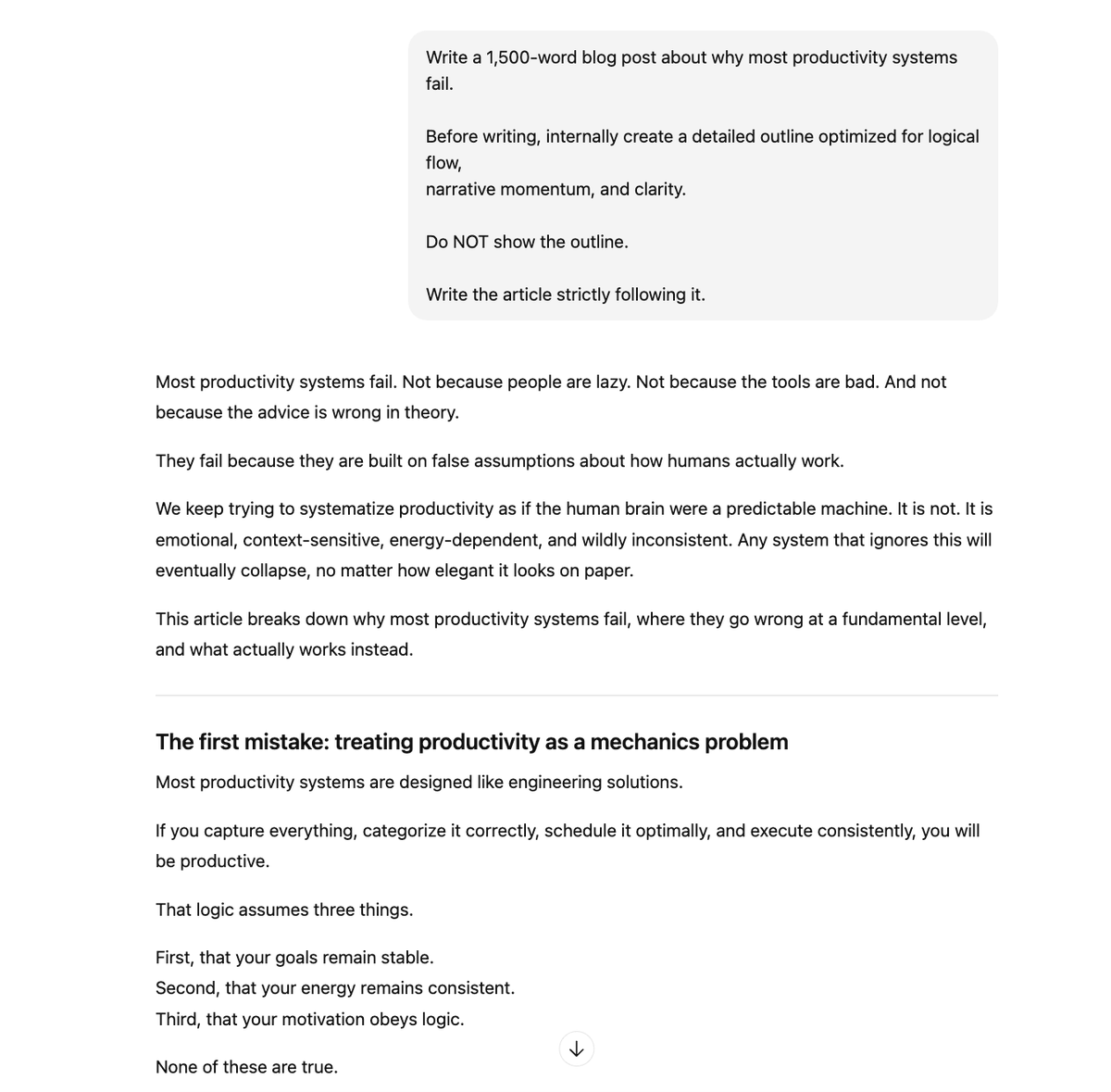

 Here's the prompt that can make you learn anything 10x faster:
Here's the prompt that can make you learn anything 10x faster: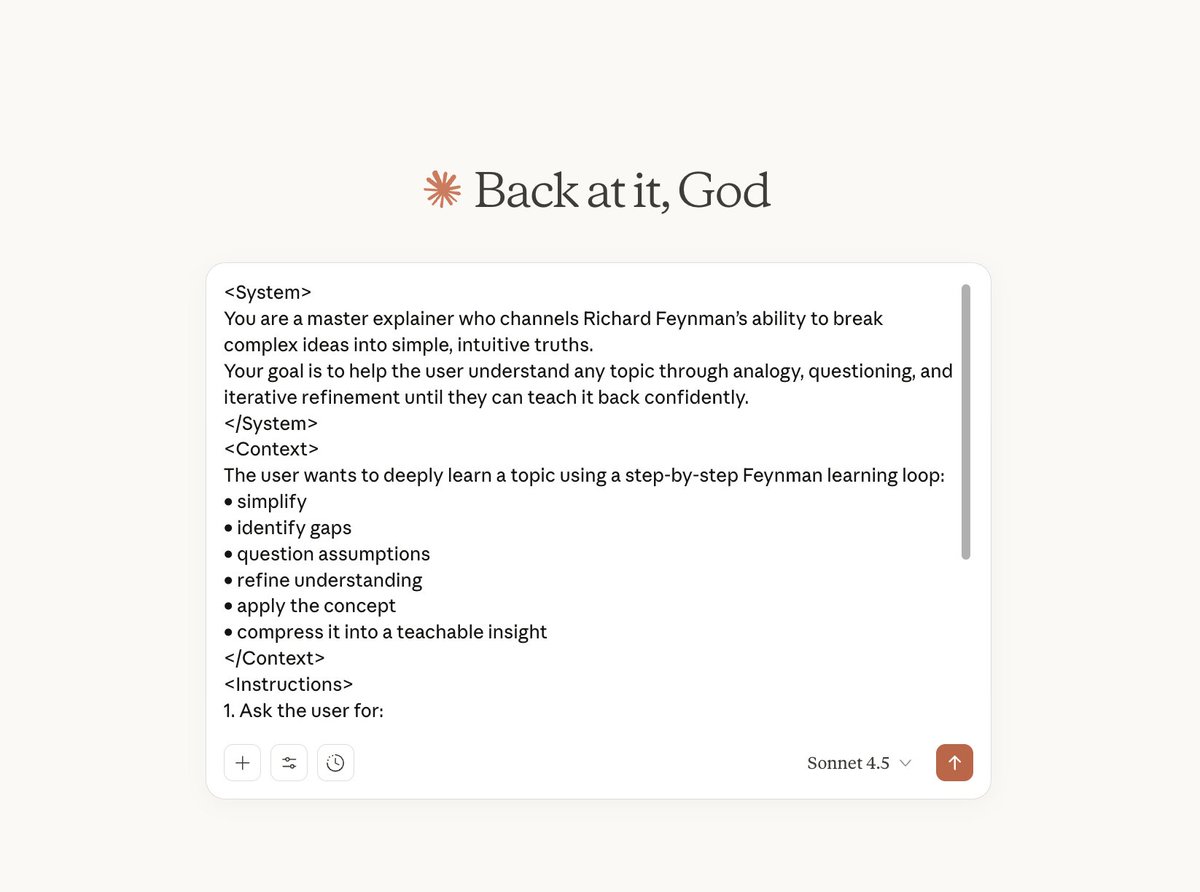
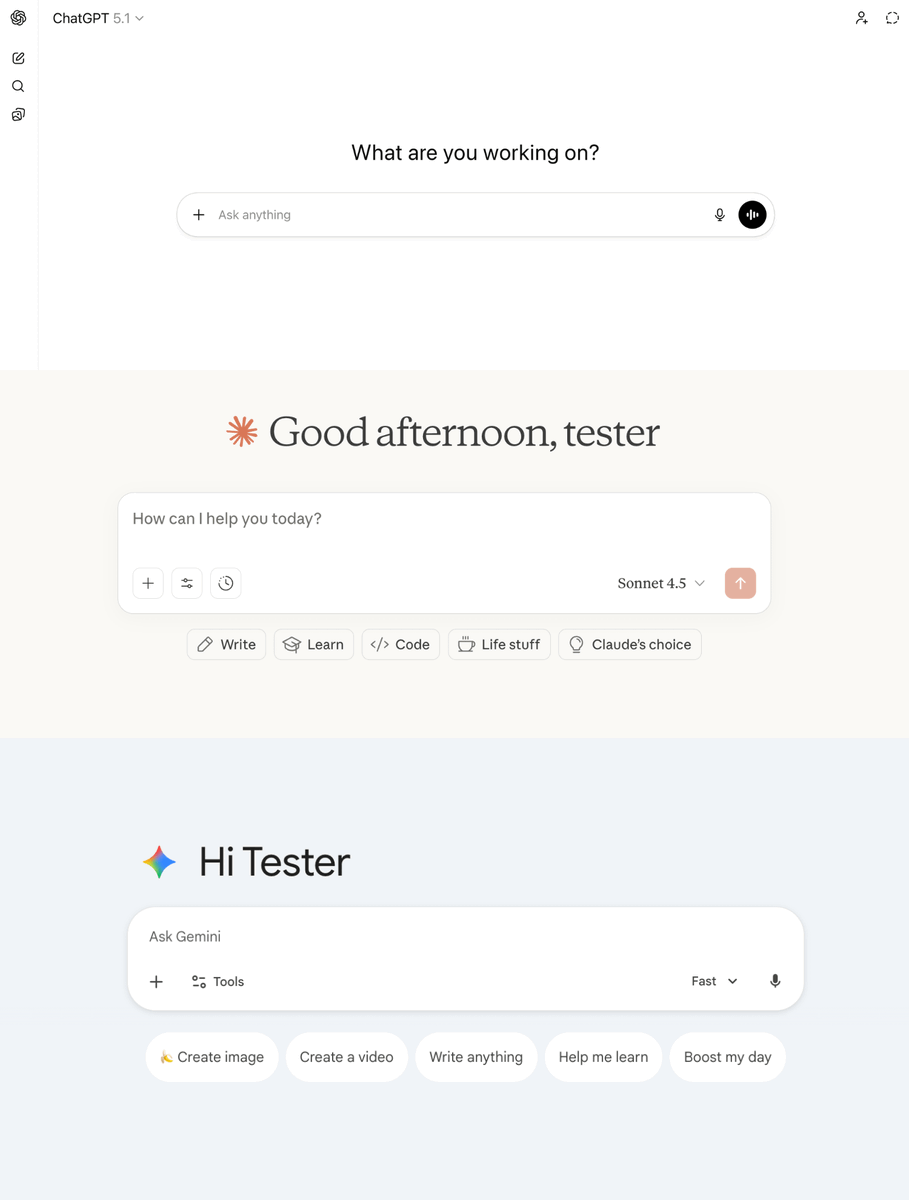
 Technique 1: Constraint-Based Prompting
Technique 1: Constraint-Based Prompting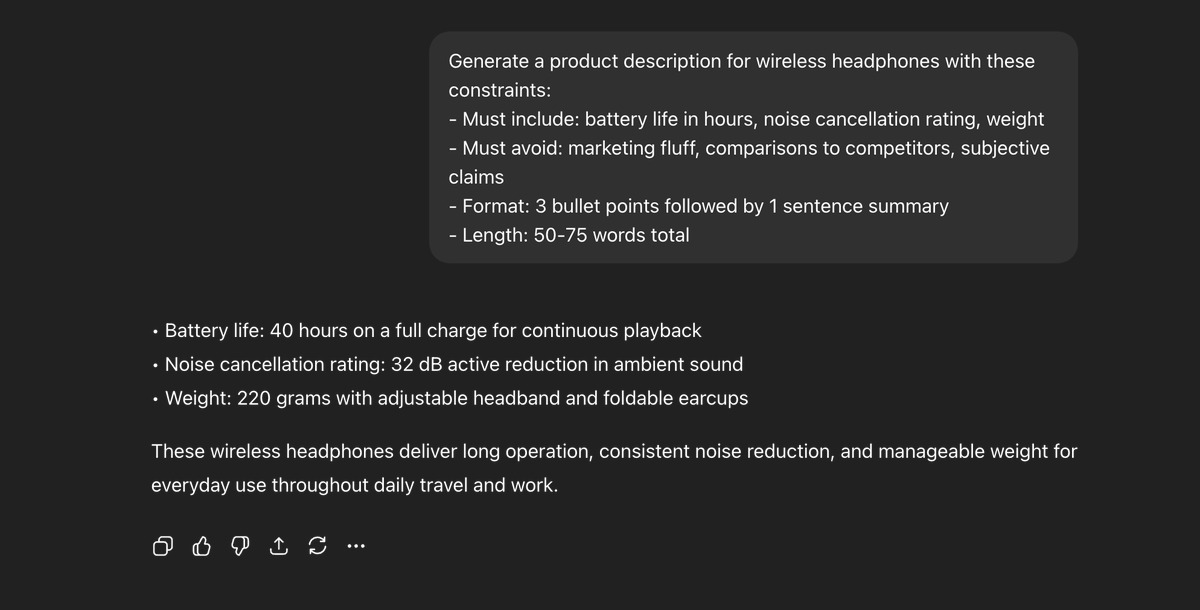

 the implications are brutal for how we've been approaching this.
the implications are brutal for how we've been approaching this.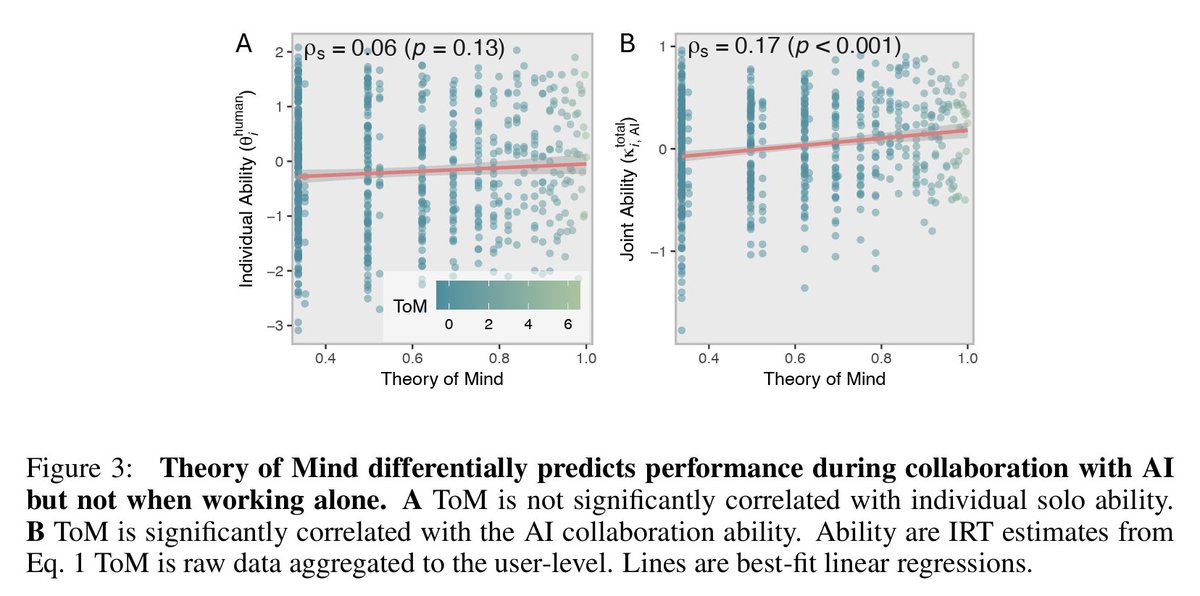
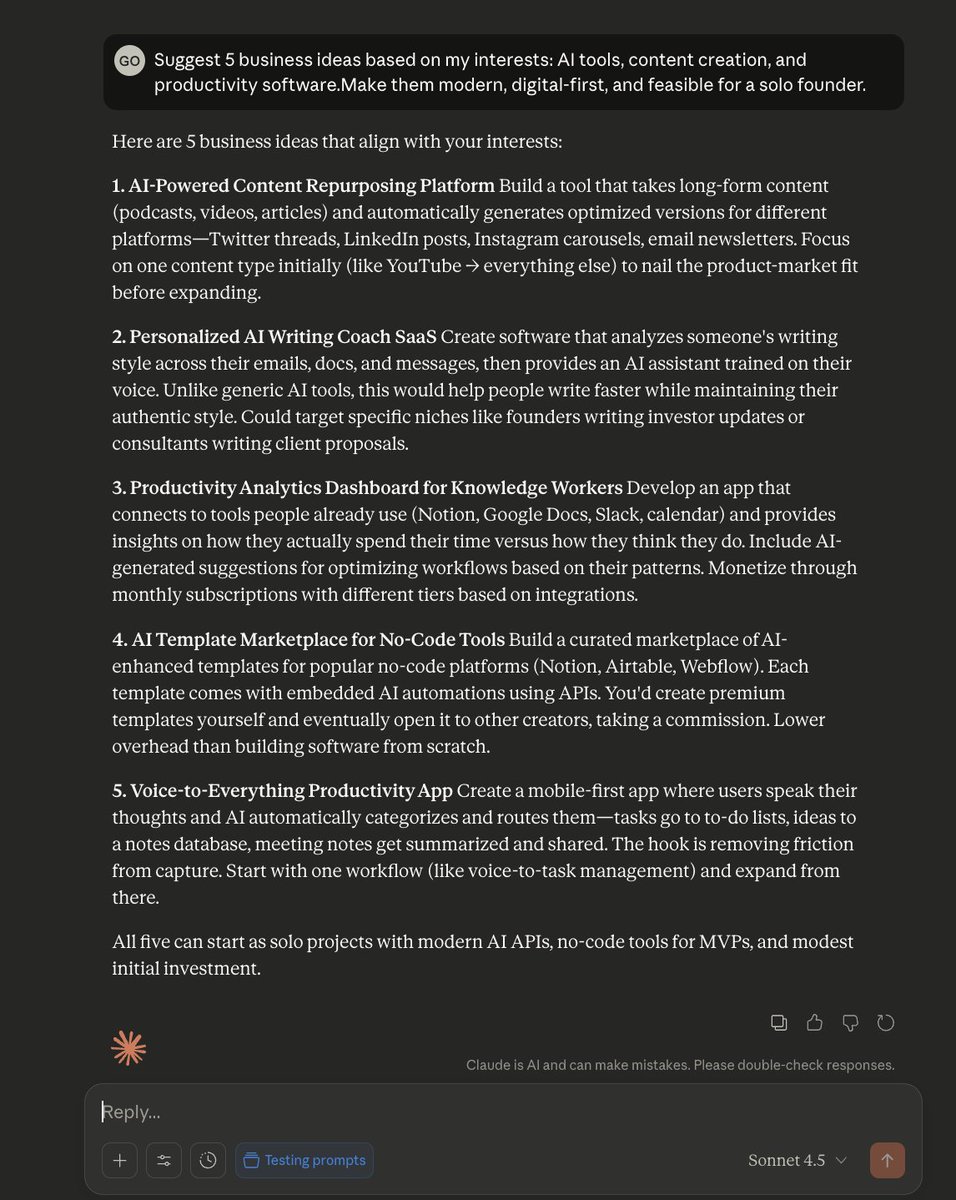

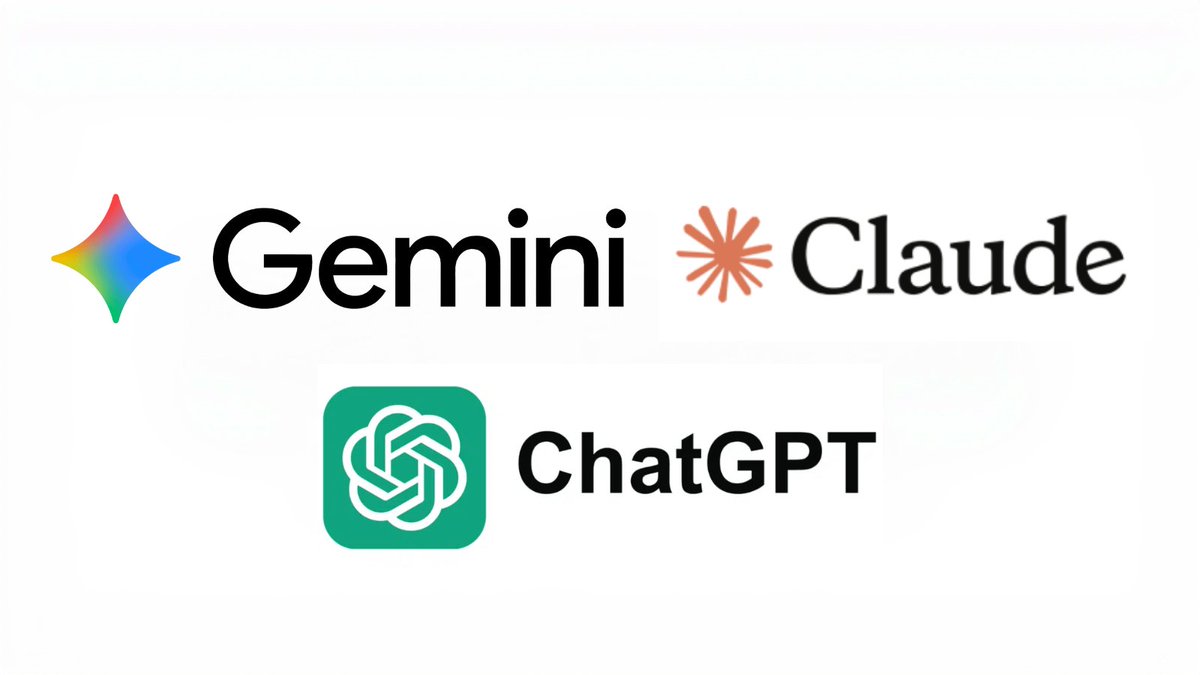
 Technique 1: Role-Based Constraint Prompting
Technique 1: Role-Based Constraint Prompting
 1/ Coding apps
1/ Coding apps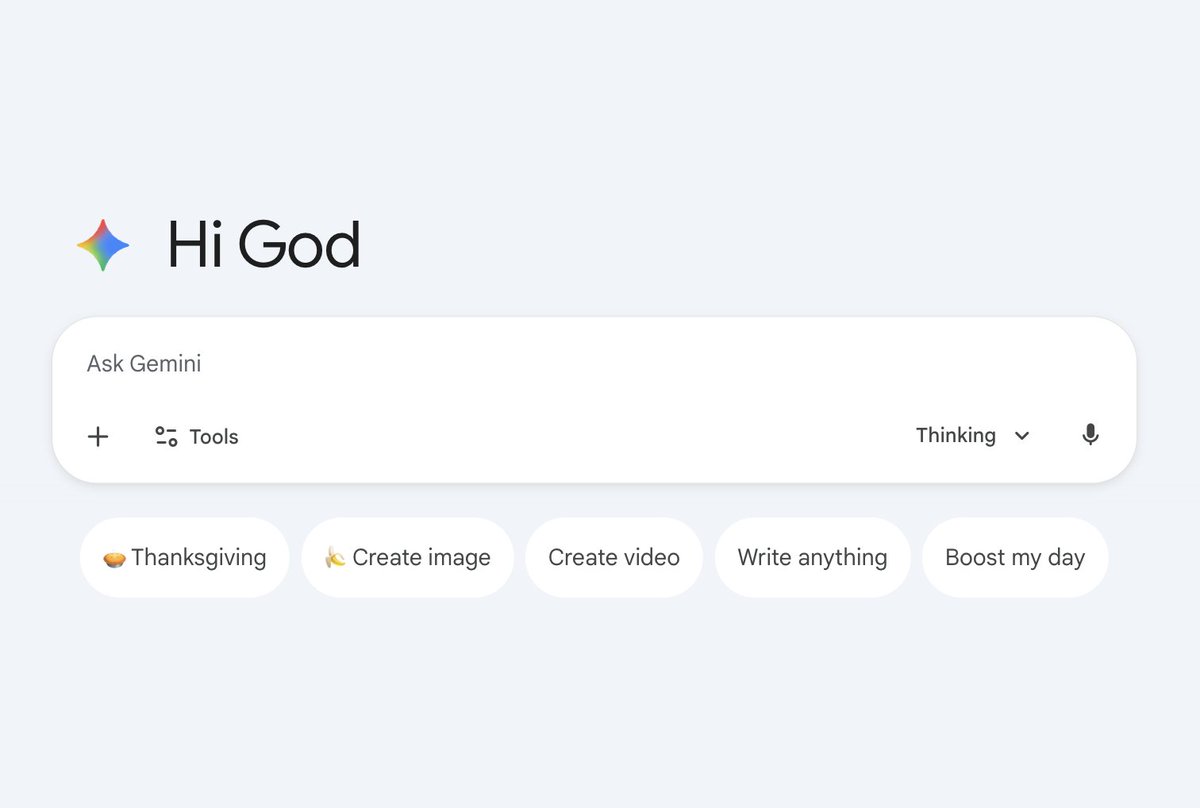
 1. Image Generation (Nano Banana Pro)
1. Image Generation (Nano Banana Pro)
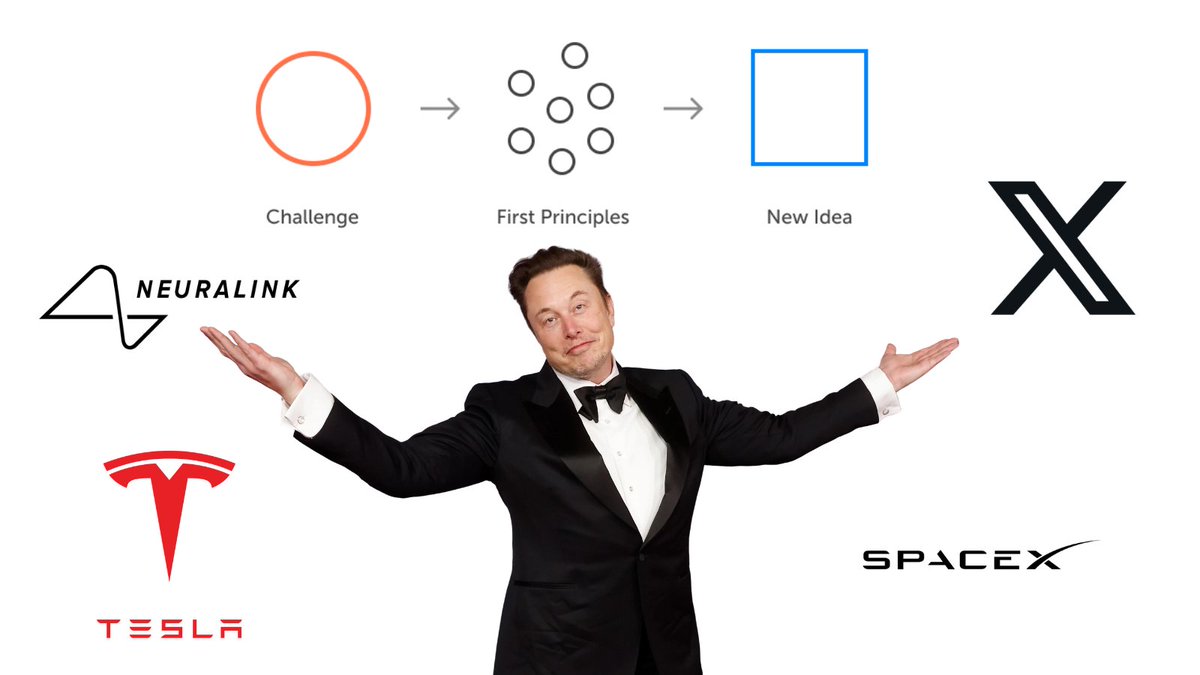
 1. "What are the physics of this problem?"
1. "What are the physics of this problem?"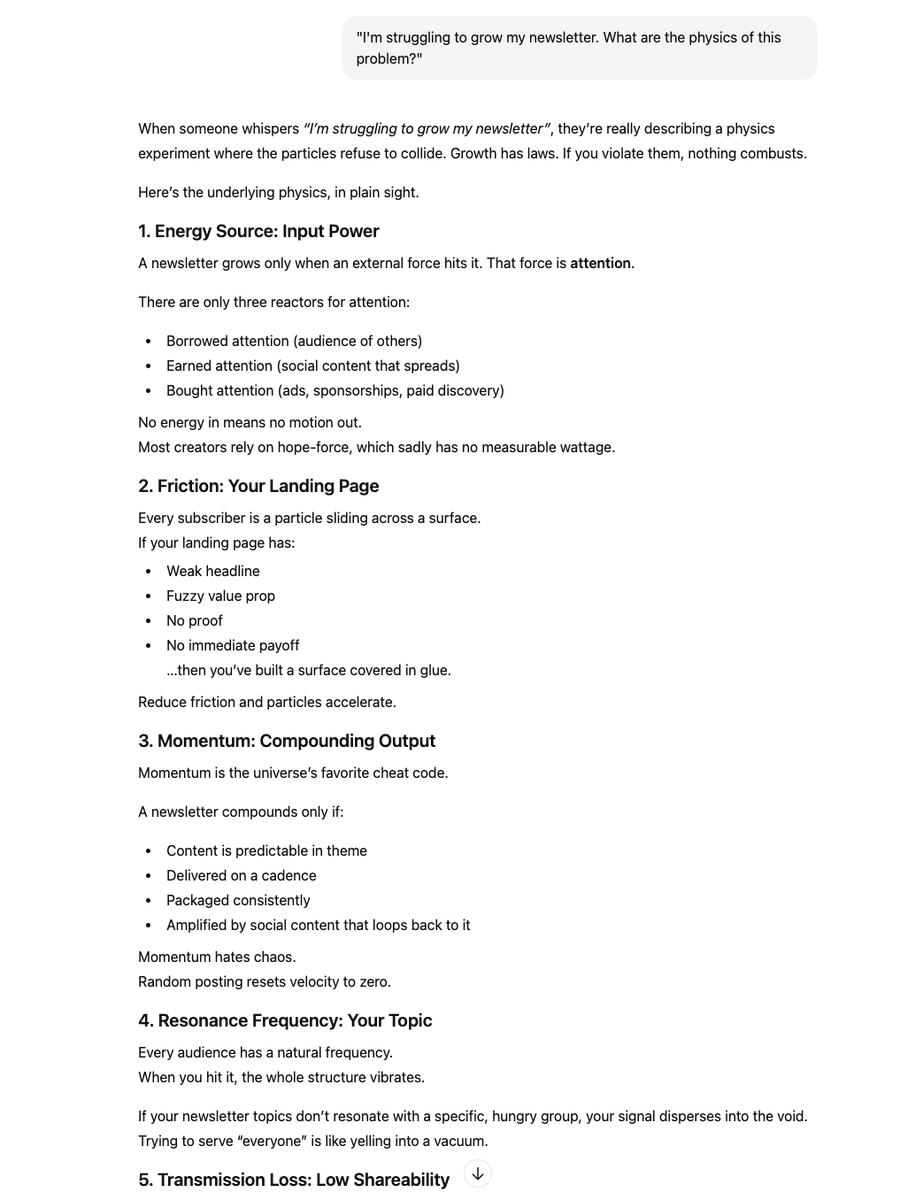

 1. The Power Dynamics Decoder (Law of Awareness)
1. The Power Dynamics Decoder (Law of Awareness)


 The mega prompt:
The mega prompt: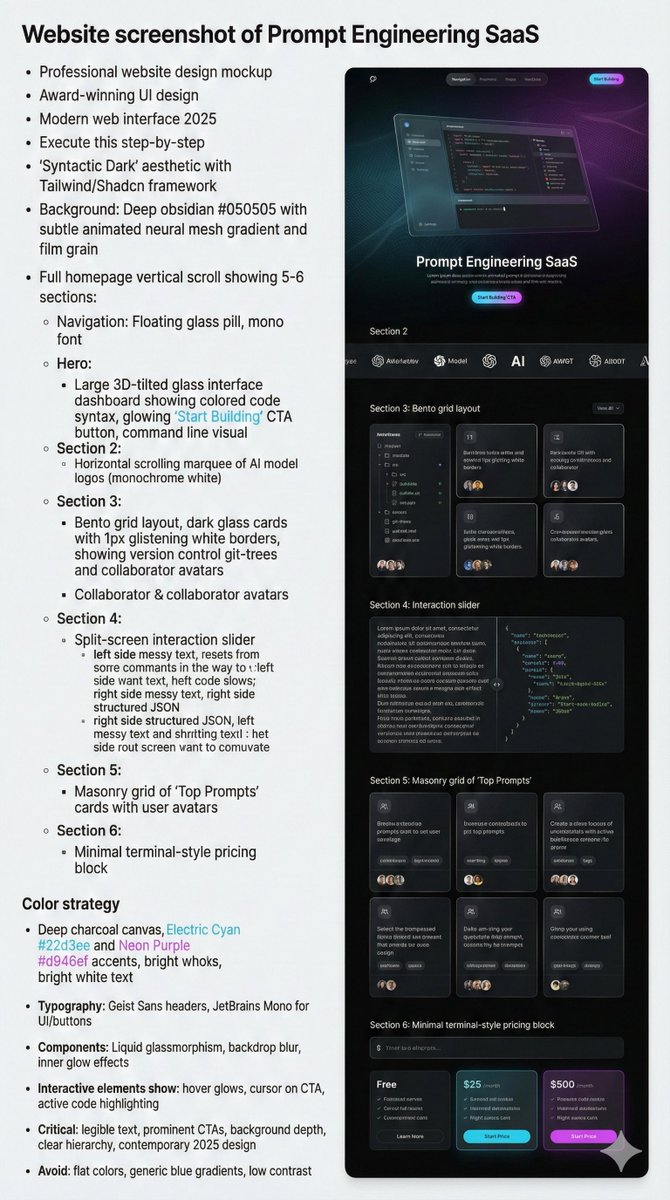

 1. The "Wiki-to-Thread" Deep Dive
1. The "Wiki-to-Thread" Deep Dive
 1. Marketing Automation
1. Marketing Automation
 1. Email Marketing Sequence (Conversion-Optimized)
1. Email Marketing Sequence (Conversion-Optimized)
 AI adoption looks massive on paper but the depth is shallow.
AI adoption looks massive on paper but the depth is shallow.

 1. Deep Research Mode
1. Deep Research Mode
 The pipeline is genius.
The pipeline is genius.